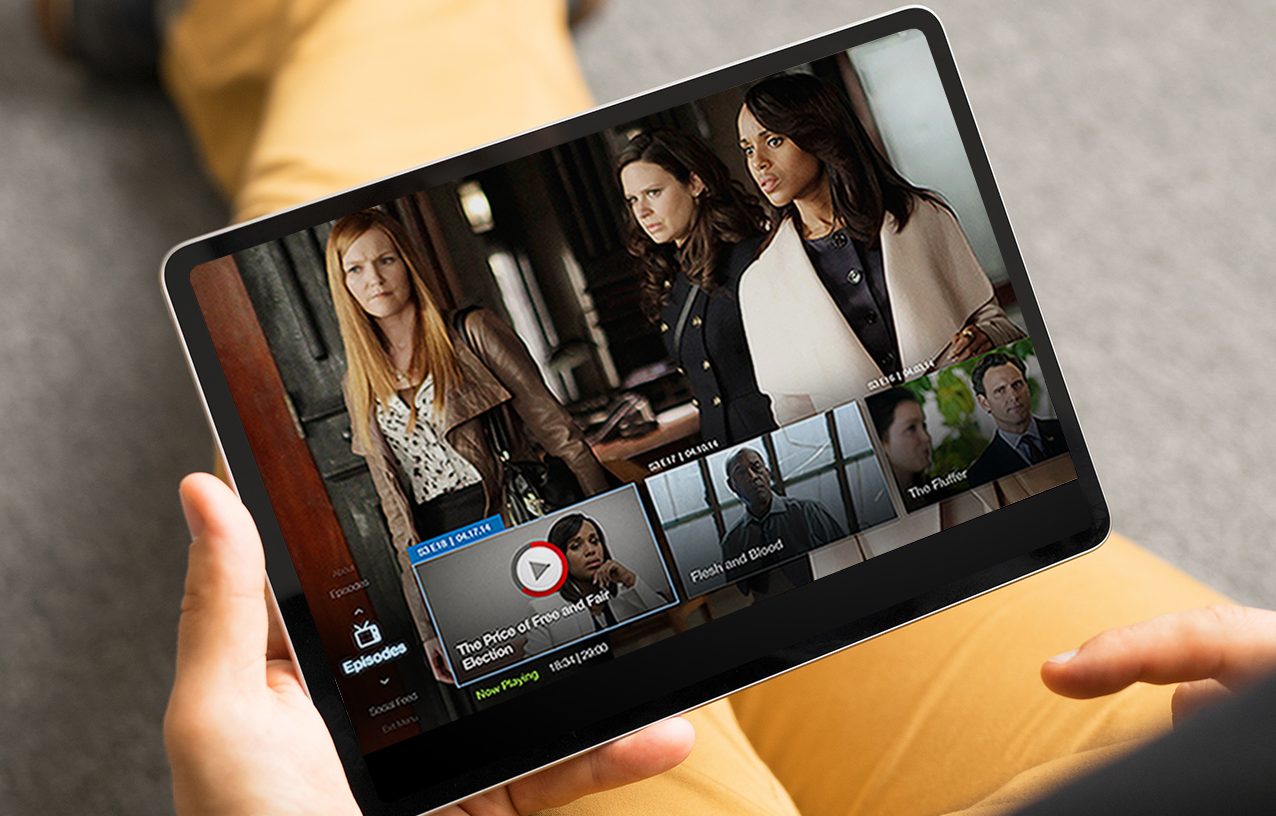Intro
The World Wide Web is a ubiquitous platform that connects people across the planet for pretty much any purpose. It is a staple in everyone’s lives and has changed, quite significantly, how we communicate.
The downside is not all users use the same technology or devices freely across the board. When developing a website or application, it is absolutely imperative that all devices are considered in the overall finished product.
What is responsive?
A responsive web design provides the flexibility to see a web design fit for a particular device the user is viewing. It essentially adapts to that device providing a unique user experience. There is a multitude of ways you can do it, but in general, it requires fluid and flexible images, videos, and layouts with the ability to detect and transform itself to the dimensions of the screen.
Responsivity is usually determined by breakpoints or fixed screen sizes that will generate a different layout and CSS entries that will correspond with those dimensions. Each website will differ. For example, you may have a website with a long title and due to this length, you may need to set your breakpoints to different widths(than what is typically used). In others, the title may have inappropriate line breaks that will give the design an unflattering look.
In conclusion
It is a must to use a responsive approach to your web design because it ensures that all users have a customized experience when navigating your website, regardless of what hardware they are using.
